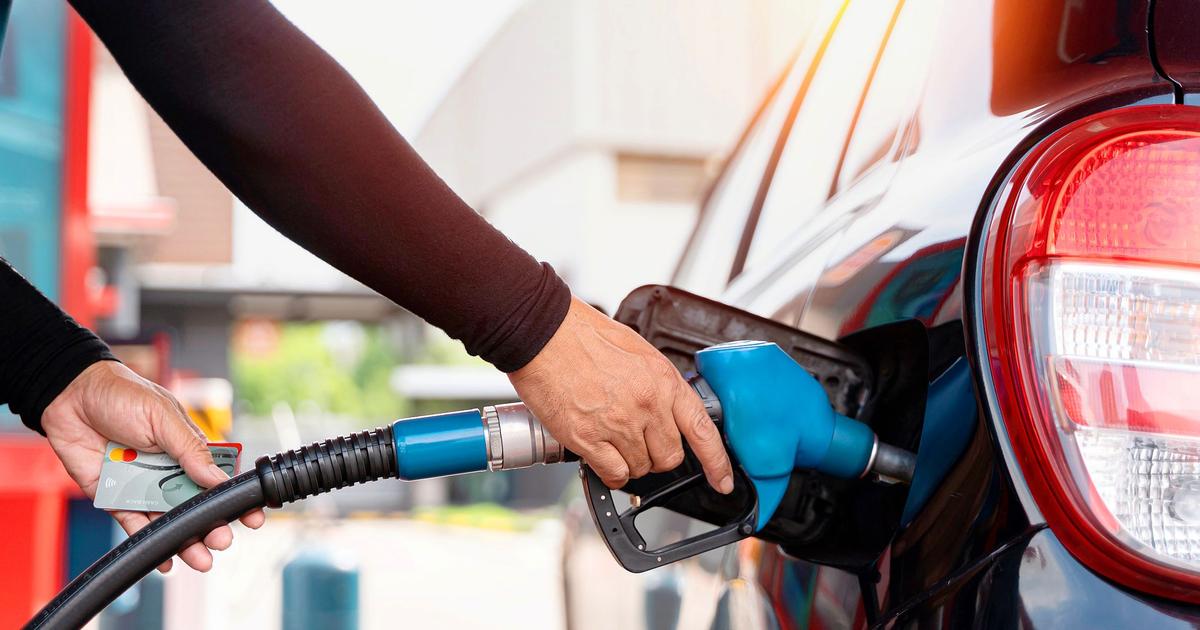Teleworking, video meetings, electrification of the fleet: the mobility needs of companies are evolving.
The fuel card, an easy means of payment for employees who have a company car, too.
As a result of CSR policies, it is no longer necessarily adapted to all the travel needs of employees.
“We are recording more and more requests from companies looking for new solutions other than the fuel card to finance the mobility of their employees,”
observes Matthieu Codron, Managing Director of Edenred Fleet and Mobility France.
Edenred has joined forces with the French company Betterway to offer a payment card dedicated to mobility.
“It meets the needs of businesses within the framework of the sustainable mobility package imposed by the mobility orientation law (LOM).
This card allows you to pay, for example, for public transport for commuting.”
It works like the Ticket Restaurant card, the company's best-known service;
the employee's company funds an account opened in the employee's name which can thus pay for daily travel.
Another solution to facilitate team mobility is the multimodal payment card.
“Some employees do not want a company car,”
explains Tarik Moufaddal, director of mobility solutions France at TotalEnergies.
This is why we have developed with the Caisse Fédérale de Crédit Mutuel and Mastercard the Mobility Corporate card, a payment card which allows you to pay for train and plane travel, vehicle rental, but also hotel reservations, restaurant, etc.”
Launched only 18 months ago, this complementary card to the tanker's Fleet fuel card makes travel management easier.
“VSEs and SMEs are quite interested in this product because it ensures the centralization of professional mobility and complete visibility on this expense item,”
he continues.
Read alsoAt Edenred, Diane Coliche tackles corporate mobility
Despite all these new services offered by oil companies or aggregators, the classic fuel card remains the preferred tool for companies to manage their fuel consumption.
And habits die hard.
Because these suppliers note that fossil fuels still constitute the vast majority of transactions, strongly driven by diesel.
“Even if we observe a slight decrease in light vehicles within companies, this fuel still represents 79% of fossil fuel transactions,”
indicates Cédric Thillou, director of fleet and mobility solutions at Shell France.
“However, we are seeing an increase in demand for gasoline versus diesel of around more than 10%,”
records Tarik Moufaddal.
“This progression in favor of unleaded vehicles is linked to the transfer of the diesel fleet to plug-in hybrids, pushed by the LOM,”
analyzes Cédric Thillou.
The growth of alternative energies
However, it is interesting to note that some card holders seem to have initiated their energy transition.
“The use of new energies marks a spectacular leap,”
notes Tarik Moufaddal.
Between 2021 and 2022, the number of customers who consumed it increased by 90%.”
According to the oil company, LPG volumes have doubled between 2021 and 2022. For other gases (CNG, LNG, CNG), the latter being only reserved for heavy goods vehicles or buses, they have increased by 60%.
Similar growth for E85.
“Although this is not yet significant in terms of consumption, we are observing a keen interest in this fuel,”
notes Matthieu Codron.
“E85 represents 7.4% of fuel consumption,”
says Tarik Moufaddal.
A market share that is all the more important since Ford and, to a very lesser extent, Jaguar-Land Rover are the only manufacturers to offer it as standard on their models.
It is on the electric that the turn is the most assertive.
The number of transactions has in fact multiplied by four in just one year
Tarik Moufaddal, director of mobility solutions France at TotalEnergies
And on the electrical side?
“It is on this energy that the shift is most assertive.
The number of transactions has in fact quadrupled in just one year,”
says Tarik Moufaddal.
At Shell, over the same period, this increase is six times greater.
“We have put a hybrid card on the market which not only allows recharging at public terminals, but also at the employee's home or workplace,” explains
Cédric Thillou, who recalls that
“more than 80% of recharging takes place outside the public network
.
The card offered by the oil company thus provides fleet managers with better management of the electricity consumption of their fleets.
“We observed that they sometimes had difficulty properly quantifying the TCO of electrified models,”
continues Cédric Thillou.
With this offer, employees who have a terminal at their home start charging via the card.
At the end of the month, Shell reimburses him for his electricity consumption which is billed at the same time to the company.
Slight drop in consumption
The need for fuel cards therefore does not seem to be decreasing.
“Certainly, we are observing a very slight decline in consumption,”
observe Cédric Thillou and Matthieu Codron each in their own right.
This reduction is due to several factors: sobriety of vehicles, reduction in the size of tanks, without forgetting the development of teleworking.
But it is offset by the exponential growth in delivery.”
An activity which remains overwhelmingly diesel.
The increase in the cost of energy does not seem to reduce demand from businesses either,
“which always need to travel,”
underlines Matthieu Codron.
Also read “I was fed up”: with fuel prices soaring, they decided to switch to electric cars
However, with the electrification of the fleet, could the switch from the fuel card to the “electric” card be coming soon?
“The LOM and the deployment of ZFEs (low-emission zones) are important factors in the electrification of the business park,”
analyzes Cédric Thillou.
It nevertheless remains quite measured:
“Those who by choice or by obligation have embarked on this strategy will not turn back, but there are still many professionals, in particular all companies which have a fleet of less than 100 vehicles, which are still oriented towards thermal energy.”
Service stations, as we know them today, therefore still seem to have a bright future ahead of them.

